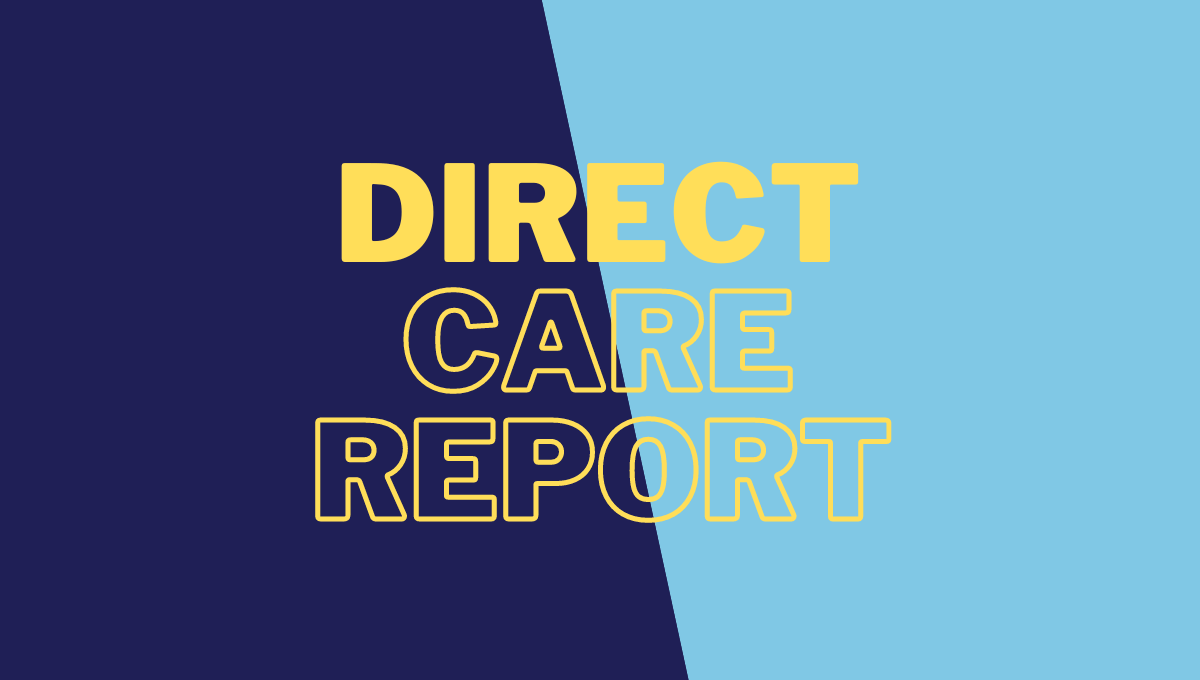Sometimes the best business decision isn’t the one you say “yes” to—it’s the one you confidently turn down.
In fact, nearly 50% of business owners admit they’ve regretted taking on clients that didn’t fit.
So why do we still say yes, even when we know it’s going to cost us?
Because saying no feels risky.
It feels like shutting the door on potential revenue, especially in the direct pay model where every patient or client counts.
But here’s the truth: every bad fit you say yes to is holding you back from an opportunity that does align with your vision.
It’s time to embrace the power of “no.”
1. Know Your Red Flags (and Respect Them)
You probably already know the warning signs of a bad fit: patients or clients who push for discounts, question your expertise, or seem disinterested in following your treatment plans or advice.
These red flags are easy to spot, but they’re also easy to ignore when you’re focused on growing your business.
Resist the urge.
Make a list of non-negotiables.
Whether it’s pricing, respect for your time, or how patients treat your staff, defining these boundaries will help you quickly recognize when it’s time to say no.
And once you see those red flags—respect them.
It’s better to let one potential client walk than to spend weeks or months dealing with someone who drains your resources.
2. The Revenue Trap: Not Every Dollar is Worth It
It’s tempting to think of every new patient or client as another revenue stream.
But bad business can cost you more than it’s worth.
When you’re constantly managing high-maintenance clients, you’re losing valuable time that could be spent on those who truly value your services.
That’s time that could be spent growing, expanding, or simply providing better care to the patients who align with your vision.
Remember: Revenue is not just about how much money you bring in—it’s also about how efficiently you earn it.
If a client requires hours of extra work for minimal return, you're hurting your profitability in the long run.
Focus on clients who appreciate your expertise, respect your boundaries, and pay you what you’re worth.
3. How to Say No Without Burning Bridges
Saying no doesn’t have to be uncomfortable or confrontational.
The key is to be clear, direct, and professional. When you turn down a patient or opportunity, frame it as a matter of fit rather than rejection.
Here’s an example:
"I appreciate your interest in my services, but after careful consideration, I believe that we may not be the best fit for your needs at this time. I want to ensure you get the best possible care, and I can recommend [alternative solution] that might be a better fit for your current situation."
By focusing on their needs and offering alternatives, you can maintain a positive relationship—even with those you say no to.
This keeps the door open for future opportunities and prevents any hard feelings.
4. Focus on the Bigger Picture
It’s easy to get caught up in the immediate fear of turning someone away. What if no one else comes along?
What if I’m saying no to much-needed income?
These thoughts are natural but shortsighted.
The bigger picture is that saying no to the wrong clients means creating space for the right ones.
You’re protecting your practice’s long-term success by ensuring you can focus on delivering exceptional care and growing in the right direction.
When you’re clear on who your ideal patients or clients are, every “no” becomes a strategic decision that moves you closer to your goals.
5. Trust Your Gut—and Your Plan
Lastly, trust your instincts.
If something doesn’t feel right about a new patient or opportunity, listen to that.
You know your business better than anyone, and you’ve worked hard to build it. Trust the financial plan you’ve put in place.
If your business model and cash flow strategy are sound, turning down a less-than-ideal client won’t hurt you—it will help you.
Your financial stability gives you the freedom to make decisions that protect your time, energy, and resources.
Bottom Line: The Power of Saying No
Saying no isn’t about closing doors—it’s about keeping the right ones open.
It’s about creating the kind of practice you want to run, with patients or clients who align with your values, respect your time, and appreciate your expertise.
Bad business isn’t just a distraction—it’s a drain on your potential.
Learn to say no when it matters, and you’ll find yourself winning in the long run.
Onward,
Pep

